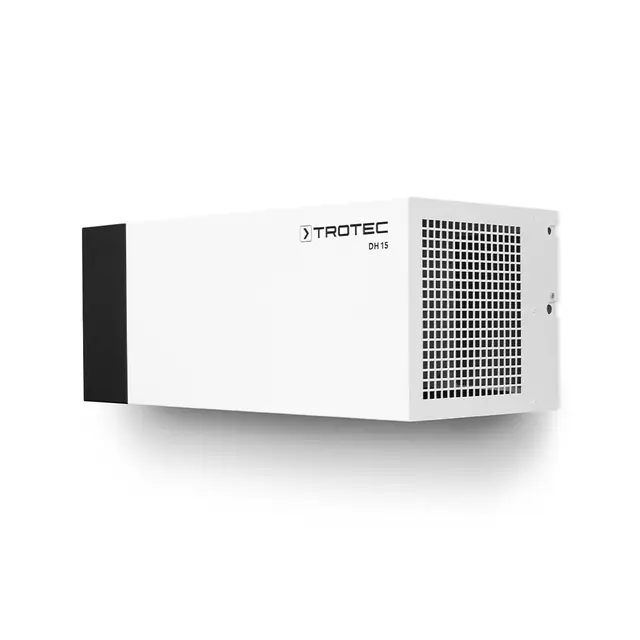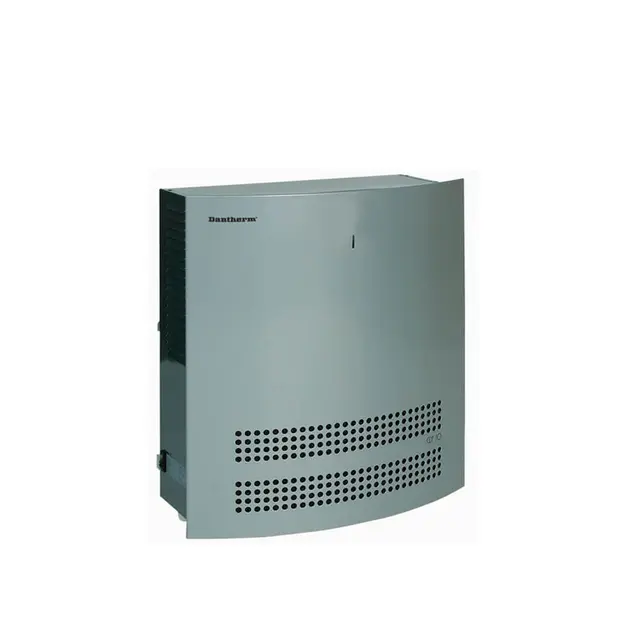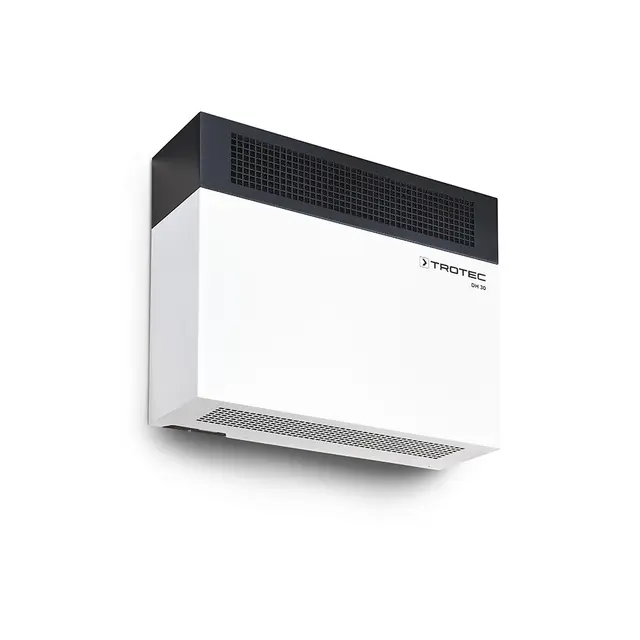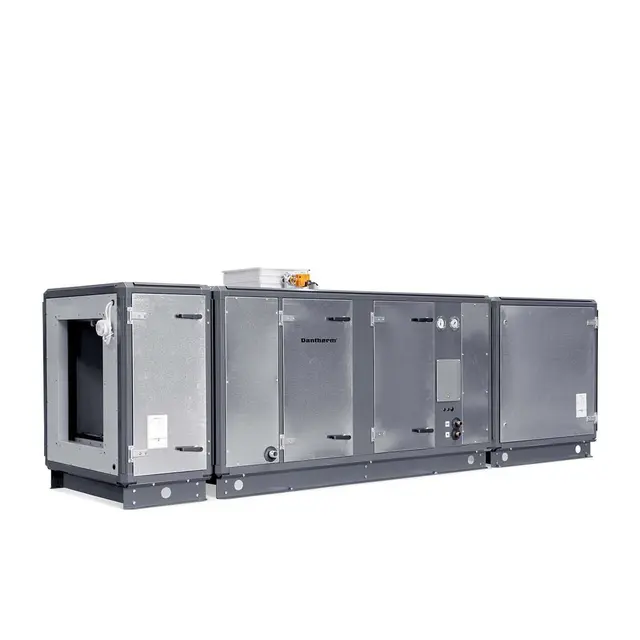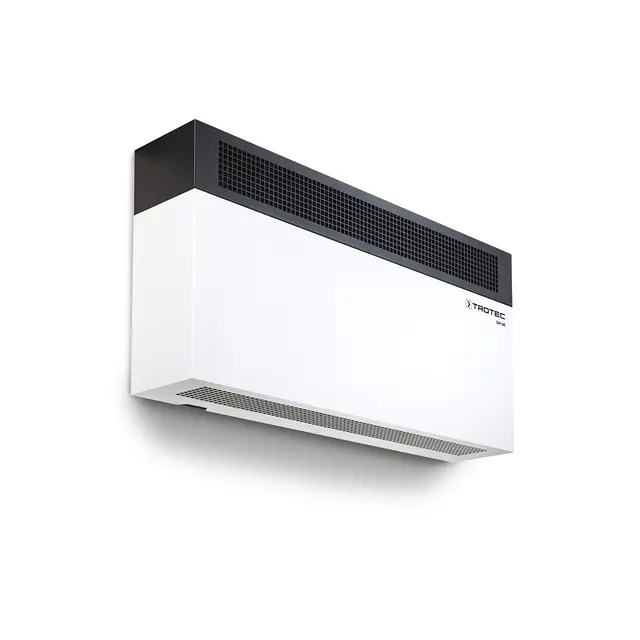The hidden role of dehumidifiers in storage, preservation and archiving

- Home
- Insights
- Humidity control and drying insights
- The hidden role of dehumidifiers in storage, preservation and archiving
In this article, we decode some of the major challenges of regulating humidity levels in environments such as underground storage spaces, archives and other facilities responsible for irreplaceable collections.
Make your solution bespoke
Due to their age and the materials they are made from, collections that include historical artefacts, furniture, artworks, documents and film are hypersensitive to their environment. This makes unregulated humidity levels one of the most prominent causes of damage, decay and deterioration.
Relative Humidity (RH) levels will affect different materials in different ways. For example, wood will expand or contract, metals will sustain oxidisation, leather can rot or crumble, and old nitrate film will shrink and disintegrate at a much faster rate.
On hot days, or when a building's heating is turned up, the air is able to accumulate more moisture. When this warm air cools down, it releases the water vapour and causes RH levels to increase. This means that humidity must be regulated in line with fluctuating temperatures in order to maintain the desired RH levels inside your storage facility. Your solution should be bespoke to the items in your collection, but the infographic below will serve as a useful guide in achieving optimum conditions for a range of different materials.
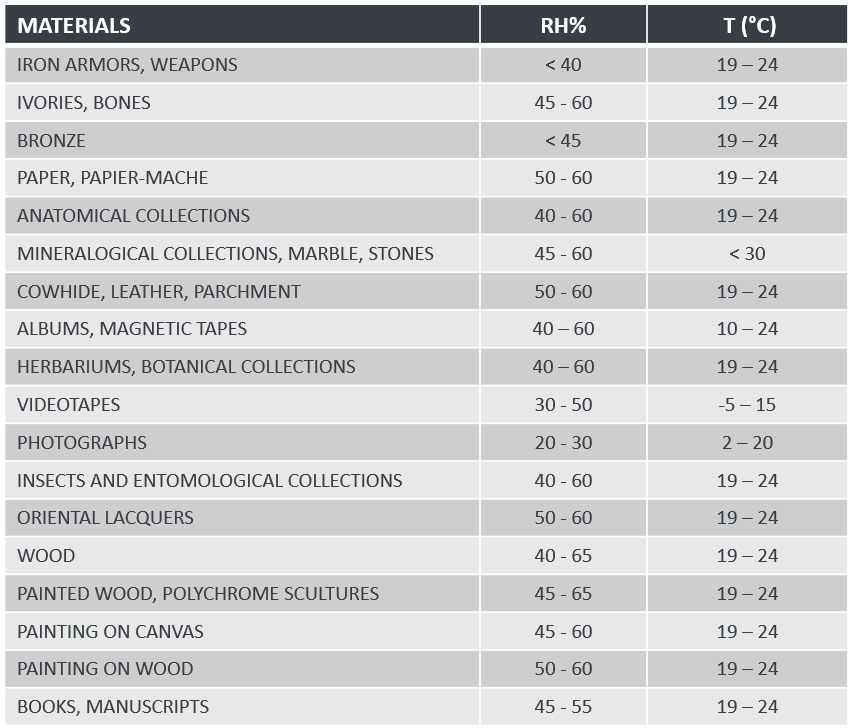
Factoring-in outside elements
Keeping conditions at a constant, all year round, is vital for preserving collections in storage. This is why it’s so important to understand why your environment changes and how that, in turn, will affect temperature and humidity.
On colder days, heating is often turned up or down to ensure a comfortable temperature for people inside the building. However, simply adding heat does not remove moisture. After closing hours, when heating is switched off, the humidity that is collected in the warm air throughout the day is released as the room cools rapidly. This means that condensation inside the building is inevitable.
A high-performance dehumidification and ventilation system allows you to control the conditions inside a room by physically removing moisture from the air. By converting energy taken from the room as moisture into useful heat that is pumped back into the space, the systems also reduce the need to constantly warm cold air from outside. Not only does this prevent damage to valuable collections, but it will also drastically reduce your energy bills – often by as much as 70%.
Watch a short video about dehumidification
Heaters v dehumidifiers
| Heaters | Dehumidifiers |
|
|
|
|
|
|
|
|
Protecting your storage building
Humidity affects the dimensions and weight of the structural elements of old and new buildings. This is because materials can hold varied water quantities depending on the RH levels in a room. For example, a cubic foot of dry wood can contain about 1704ml of water at 60% RH, but when this drops below 10% it will only hold 568ml. When this happens, the wood becomes much lighter and begins to contract.
When humidity levels are unregulated, the materials that hold a building together will be constantly changing and can lead to the shrinking of joists and studs, cracked plaster and the separation of wood panelling.
While this is more expected in older buildings where it is harder to regulate optimum conditions, humidity can also affect the structure of brand new buildings due to moisture retained in timber frames concrete and plaster from construction.
Monitor humidity from room to room
In smaller spaces or below-ground storage rooms, a lack of air circulation and ventilation can create indoor microclimates, resulting in different RH levels to the rest of the building. High ceilings and low-quality insulation should also be considered, as they will make a room much more susceptible to drops in temperature and therefore be at a higher risk from condensation. Conversely, the positioning of radiators or spot-lighting can heat-up isolated parts of a room and create localised pockets of high RH levels.
Location and climate
A facilities location and surroundings will have a huge impact on the way RH levels are regulated. As well as changes in the summer and winter months, some of the key considerations for reducing damage caused by humidity are:
- Heavy rainfall and the risk of flooding
Direct sunlight heating metal and glass
Pollutants in cities and towns
Dramatic temperature changes between day and night
How do Dantherm dehumidifiers work?
Our range of dehumidifiers for the storage, preservation and archive industries can operate in a range of RH and temperature levels. They are designed to give you full control of the humidity in your environment, which can be monitored via an internal hygrostat on the unit’s display.
The process explained
A fan draws humid air through a refrigerated evaporator.
The air is cooled well below its dew point.
Water condenses on the cold surface of the evaporator and drips into a container or is led directly to a drain.
Cold dry air continues through a hot condenser before being returned to the room to pick up new humidity.
This process is continued until the desired condition is achieved.
To learn more about choosing the right system and optimising it for your storage facilities and collections, don’t hesitate to get in touch to speak with our team.
Related products
Featured insights
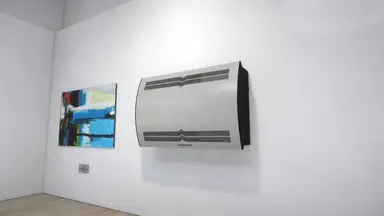
Discover how to overcome the humidity challenges of preserving your artefacts

Are your valuable artefacts at risk?
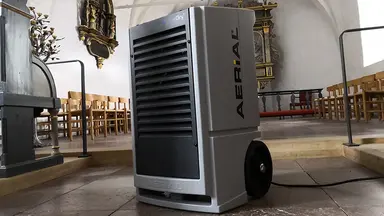
Finding the balance between conservation and comfort
Need help with choosing the right solution? Our team of over 100 climate control experts can assist.
You can also reach out or join the discussion on our Social Media. Check out our LinkedIn page.

